Prostitute's blood sucked to the last drop. Brutal massacre in the pen of German incest. And a crime in a luxury villa that had no right to happen. All these murders took place. And neither could be explained.
4. Atlas Vampire
Today it is the place with the highest density of bars and restaurants in all of Stockholm. A hundred years ago, however, in the vicinity of Sankt Eriksplan (Saint Eric's Square, named after King Eric IX), you did not go to dinner but - to prostitutes. It was here that the people of the Swedish capital sought carnal pleasures, paying for them to poor, ragged women forced to trade their bodies to stay alive. At least Lilly Lindström was fortunate enough to have an apartment where she could receive her clients.
It was in a tenement house in the Atlas district where she lived that she was last seen. She looked at a neighbor downstairs, asking her to borrow condoms. It was this woman who reported to the police when Lilly gave no sign of her life the next day.
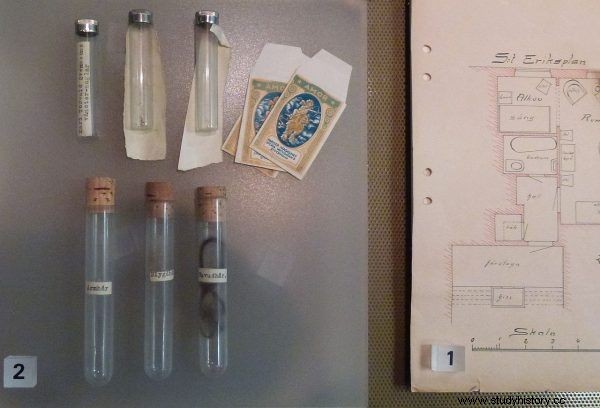
The evidence on the "Atlas Vampire" case. Exhibition at the Police Museum in Stockholm.
The officers were in no hurry to intervene. When they finally entered the apartment of the missing person on May 4, 1932, they found a shocking sight there. As Benjamin Welton writes in a dedicated article:
Lilly's body lay face down on the bed. She was naked and her clothes were neatly folded on the chair next to her. There was no doubt that Lilly had been dead for two or three days. It was also apparent at first glance that she had engaged in sexual activities immediately before her death. In her anus, the policemen found a used condom.
The cause of death was multiple blows to the head with a blunt force. A later study also found that most, if not all of Lilly's blood had been drained from her body. Traces of saliva were found on the body and neck of the deceased, leading the police to suspect that a bloody sauce spoon had been left in the room to laze the victim's blood away. This is how the "Atlas Vampire" got its nickname.
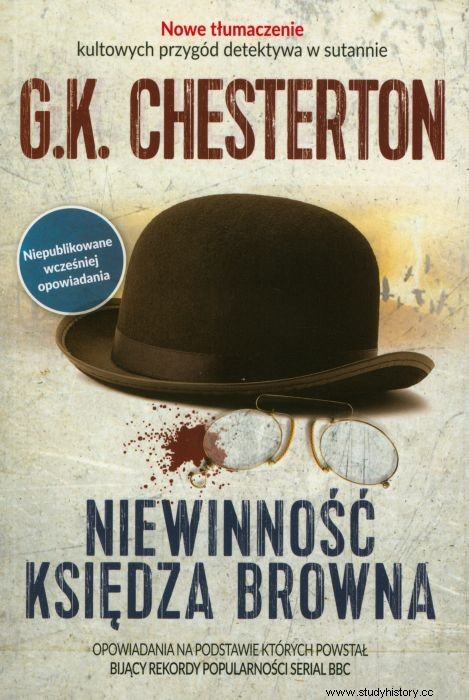
A pre-war crime story in a great setting. We recommend "The Innocence of Father Brown" G.K. Chesterton (Fronda 2017).
In the absence of witnesses, the investigators - unfamiliar with DNA testing and other modern detective methods - spread their hands helplessly. The murderer has not been found. What really happened to the blood removed from Lilly's body has also not been established.3. Executioner from New Orleans
The back door of the Maggio house was breached and its inhabitants were massacred in their own beds. The heads of the couple, Joseph and Catherine, were split open with an ax and their necks were cut with a razor. The crime was committed before dawn on May 23, 1918 at the intersection of Magnolia and Upperline Streets in New Orleans. It gave rise to a whole series of murders attributed - with more or less certainty - to one perpetrator.
The victims of the following night break-ins, coupled with brutal attacks, were mainly immigrants from Italy, although the link between each of these crimes and the first attack is questionable; especially that the tools used in the attack differed, and even the behavior of the attacker. If there was anything other than nationality in common among the victims, it was mainly the fact that most of them ... they had something to do with the food industry.
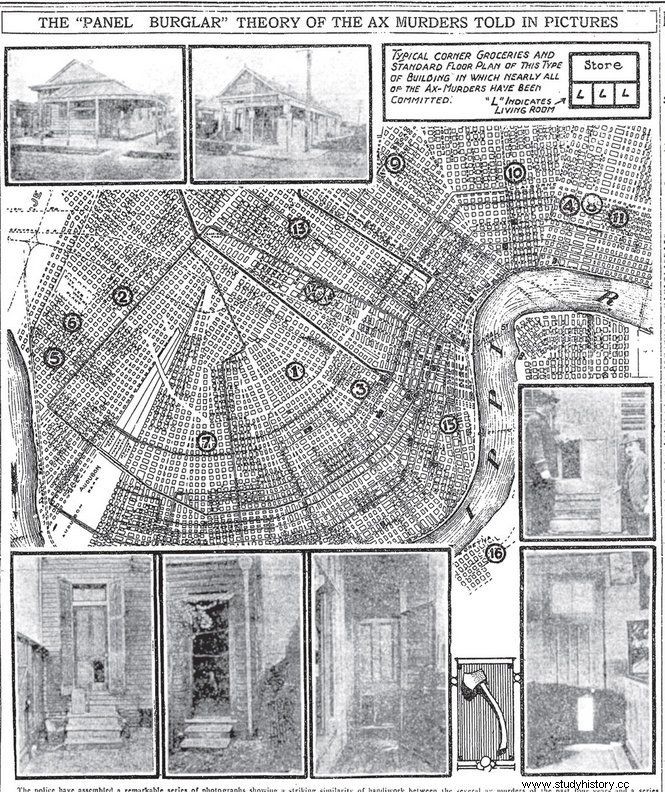
Places of attacks attributed to the "executioner from New Orleans" marked on the city map. Press material from 1919.
The press created an atmosphere of terror, not only making up new attacks and falsifying police reports, but also publishing the alleged executioner's letter. In it an anonymous killer stated:
They never caught me, and they never caught me. They never saw me because I am invisible, like the ether surrounding this earth. I am not a human being, but a ghost and demon from the hottest hell. Here I am what you Orleans and police fools call the Executioner.
The authenticity of the letter has not been confirmed, and its announcements have not been fulfilled. The alleged criminal even claimed that next Tuesday, exactly fifteen minutes after midnight, he would commit a new murder , but… it will spare every person who will listen to jazz loudly. Because he allegedly loved this kind of music. The new crime did not take place at the indicated time, nor in total - on the announced day. Nevertheless, the editorial offices distributed the long, hoping that widespread panic would allow them to multiply their circulation.
New attacks were recorded until the fall of 1919. According to the investigators of the case, the death toll ranged from a few to a dozen or so. Suddenly the executioner's attacks stopped, without any explanation. Their perpetrator has never been traced.
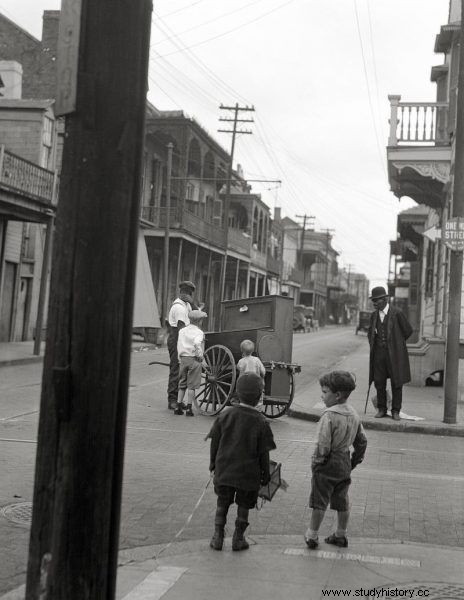
New Orleans Street circa 1920.
2. The Hinterkaifeck incest
The neighbors despised the Grubers. Andreas Gruber, 63, was considered greedy and quarrelsome. The worst things were told about him. Even the fact that was incest with his own 35-year-old daughter. And that he had a son, Josef, from an unclean relationship with her. Seeing the Grubers, the locals - the inhabitants of the small German village of Hinterkaifeck, about forty kilometers north of Munich - would spit or cross the road. But were they also wishing them death?
On April 1, 1922, the entire family disappeared. Andreas' granddaughter Cäzilia was not at school. None of the Grubers appeared at the mass, although they had attended it regularly so far. The farm seemed abandoned:the Grubers did not pick up their letters, neither on April 3rd nor April 4th. When the appointed mechanic came to their house in advance, neither Andreas nor any of his relatives were there. The neighbors - as is usual in the countryside, nosy and eager to gossip - did not intend to wait any longer. On April 4, they organized a reconnaissance on the farm. Not meeting a soul, they decided to break down the barn door.
Inside, they saw a scene of the most heinous act of degeneration. Four massacred corpses were in the barn; two more - in a closed house. None of the Grubers were alive, neither adults nor small children. On all six victims, the murderer ambushed with a pickaxe, beating them mercilessly. Severely injured, Cäzilia died for at least a few hours, tearing her hair from her head turned into a bloody pulp. The police established that the murderer lured successive victims one by one, murdering them one by one. Later, he did not run away from the crime scene at all. For the next few days, he lived in the Grubers' house, smoking in the furnace, eating their supplies, and even tidying up the farm. He disappeared just before the police stepped in.
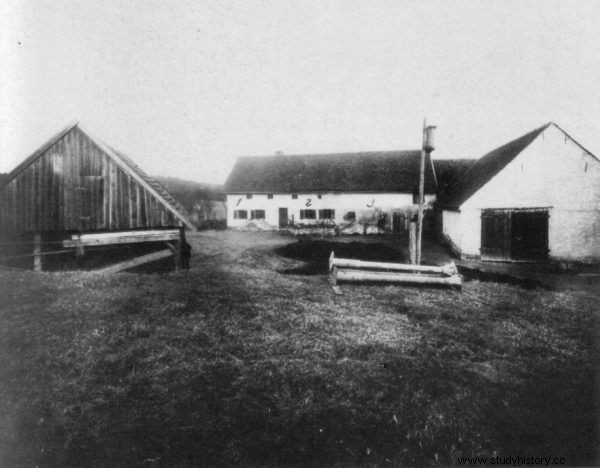
Gruber's farm in the photo taken on April 5, 1922.
The investigators were unable to establish anything else. Before they arrived, the locals had trampled on all traces of the crime. Some of the curious neighbors were eating snacks in the Gruber's kitchen without bothering to see the massacre at all.
The perpetrator remained elusive. According to one of the theories, he was the lover of Anders' daughter - the same with whom the master of the house was said to have had an incestuous affair. Others claimed that this woman's husband, reportedly killed in the war, returned from the front and murdered all the Grubers, having obtained information about the sin that was on them. Finally, attempts were made to find the culprits among political extremists. Apparently, Andreas' farm was a perfect hiding place for a gang of Nazis or communists.
1. Murderous bridge party
The maid suspected nothing. She appeared in the luxurious three-story mansion with a granite façade at around 8:35. Her employer was usually still asleep at this time of day, so she hadn't expected to meet him on his feet. She entered one of the offices and stopped short. Joseph Bowne Elwell was seated in an armchair, wearing red silk pajamas. The woman instinctively apologized for the intrusion, but no answer reached her ears. Concerned, she walked closer. A trickle of blood was dripping from the employer's forehead; the man froze, his head bowed, in the center of which there was a round wound. The shot was fired by a man standing right next to the victim. And it was a fatal shot.
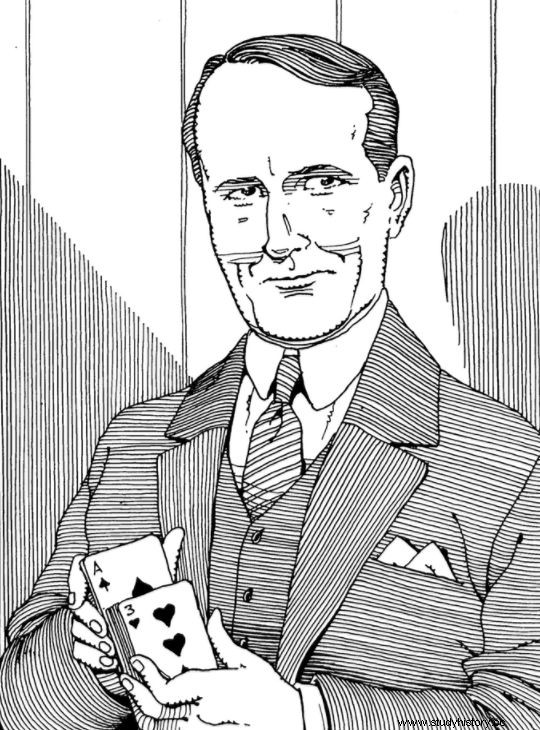
Elwell's story evokes emotions to this day. A dedicated comic raised over $ 10,000 on Kickstarter!
Who was Joseph Elwell? Once, he would have said that he was an insurance salesman, but he found a much more profitable job. He played cards masterfully, especially whist and bridge. In an era in love with similar entertainment, the card talent not only made him a sought-after participant in social evenings, but also a well-to-do man.
He played for money, gave lessons to members of the society who wanted to show off in front of friends, and even wrote a guide called Elwell on bridge and a few other books about bridge . He made a dizzying career. He owned a range of properties, a luxury yacht, five cars, and an entire stable of racehorses. He died on June 11, 1920 at the age of forty-five in New York City.
The crime aroused great interest in the press - not only from tabloids, but also from the most respected titles. The New York Times reported the case almost every day. The Los Angeles Times devoted twelve articles to Elwell's death, and the Chicago Tribune eighteen. The figure of the deceased fascinated, but most of all:the circumstances surrounding the murder. Elwell died in a locked house. No signs of break-in were found, no one was in the building, and it has not been established that anyone managed to leave it after the murder. There was no sign of any struggle, no robbery, even the dead man's papers were still in perfect order. As if no murder had happened.
***
The New York Times emphasized that it was "one of the most extraordinary crimes in the criminal annals of this country." Not only was it left untouched, but it also gave rise to a new variety of detective novels. "The mystery of a closed room" is a story about a perfect crime:committed in a place where the murderer could not have access and from which he could not escape.

A pre-war crime story in a great setting. We recommend "The Innocence of Father Brown" G.K. Chesterton (Fronda 2017).
This formula was played by, for example, Gilbert Keith Chesterton - a famous pre-war writer, sometimes considered even a competitor of Arthur Conan Doyle. In the collection of short stories Father Brown's Innocence , published for the first time in 1911, he presented a seemingly impossible to explain murder. Admittedly, it was made not in a closed room, but in a garden cut off from the world, next to the villa to which only one guarded entrance led. The collection has just been released in Polish by the Fronda publishing house.